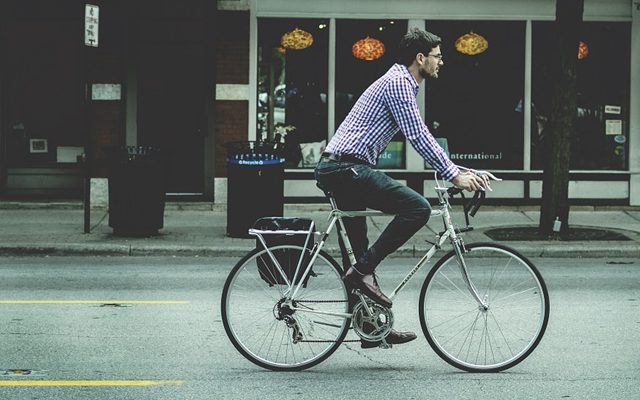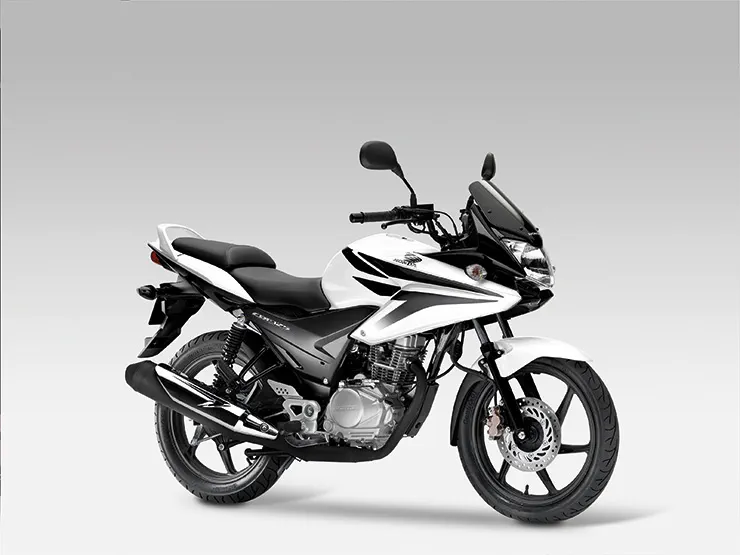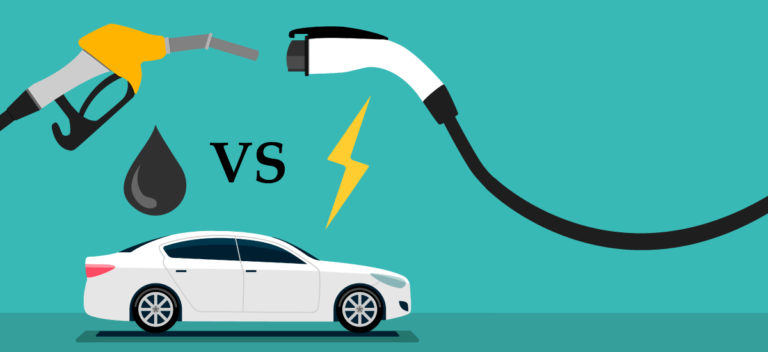Bicycles are, without a doubt, one of the most popular means of transportation today, being used both as a means of transportation and for practicing sports.

There are different types of bicycles, each one of them suitable for certain situations and circumstances, being in all cases a great option to get around without having to resort to some type of vehicle that pollutes the environment.
Bicycles are an ecological means of transport and also have great benefits for health. Riding a bike has advantages both physically and emotionally.
The origins of the bicycle
Nowadays, a world without a bicycle is no longer conceivable, although, although it is one of the great inventions in history, it is not known for sure who invented the bicycle, and there are different hypotheses about it.
There are those who claim that its origins go back to Ancient Egypt, when some rudimentary elements began to be manufactured that were made up of a bar and two wheels joined by it. However, others say that it was in China, where there was a similar device but made of bamboo. In any case, in neither of the two cases can they be defined as a bicycle.
In the 15th century, it is claimed that there are writings about the bicycle associated with Leonardo Da Vinci, although the first document that exists regarding an artifact that can be considered a bicycle dates back to 1817, where the German Karl Christian Ludwig Drais von Sauerbronn he invented the first two-wheeled vehicle, which he called a “walking machine.”
This was the first real and accurate document of the invention of the bicycle, although it lacked pedals. These are fundamental for moving with this vehicle as we currently know it. That model moved with the movement of the user’s feet in contact with the ground.
After this first device that could not yet be considered a bicycle, the French inventor Pierre Michaux began to evolve it, although he still continued to do without the pedals to exert the necessary propulsion for its movement.
In 1839 the first bicycle with pedals was born by the Scottish Kirkpatrick Macmillan, a two-wheeled vehicle in which the large size of the rear compared to the front stood out, and which also had handles, pedals and a mechanical transmission.
Although the Scotsman can be considered the inventor of the bicycle, McMillan did not patent his invention, which meant that years later, in 1846, it was Gavin Dalzell from Lesmahagow who was in charge of spreading it. This circumstance caused her to be considered its inventor for 50 years.
In the year 1890, came an important development for the bicycle. Englishman John Boyd Dunlop created a rubber and cloth tube that could be inflated with air and fitted over the tire. This invention represented a great evolution for this means of transport, making it even more similar to today.
Since then it has continued with a constant evolution. In 1885, the Englishman John Kemp Starley continued with the evolution of this means of transport, which already looked similar to the current one.
In 1960 the track bike was invented in the United States, a bike especially for use on tracks and roads. For its part, in the mid-70s, the mountain bike was created, also in the North American country.
Since then this machine has undergone different changes and developments. In recent decades, efforts have been made to modify both the concept of the bicycle and the materials used for its construction.
The materials used in the manufacture of bicycles are becoming lighter. This is because, mainly professional cyclists, demand great benefits to be able to perform better on it.
Types of bicycles
Currently we can find the following types of bicycles:
- On the go: English, Dutch, folding, beach, urban electric.
- Mountain: cross country, enduro, downhill, fat bike, e-bike.
- Sports: track, road, BMX.
Instructions
- Adjust the bike. You must adjust the bicycle so that you are comfortable when you can use it. The ideal measure will allow you to support both feet on the ground while sitting.
- Find a place to practice: To learn, it is necessary to find a suitable place where there are few obstacles, few people and is as flat as possible, since this way it will be easier to take your first steps on the bike.
- Start rolling: First, while sitting on the bike, you must push yourself by pushing the ground with your feet, going little by little until you already learn to roll and can reach the next step.
- Learn control and direction: When you have mastered the balance on the bike, it is time to start directing it and control the changes of direction and turns. To do this, try to zigzag and, when you can do it without supporting your feet, you can continue learning.
- Learning to brake: Once you master the previous points, it will be time to learn to brake, which can be practiced by establishing a mark on which the bicycle must stop when reaching it.
- Pedal Push and Steady Pedaling: Learn to push off with the pedals instead of your feet to get going, trying to keep your balance with steady pedaling. At first it is normal to lose it but with practice you will be able to move fluently and safely.
What do you need:
- Have a bicycle of the appropriate size. Depending on the use that is going to be given, it will be necessary to opt for one type of bicycle or another (children ‘s bicycle, road bicycles, mountain bikes (MTB), urban bicycles, hybrid bicycles…)
Tips
- When buying a bicycle, different aspects must be taken into account, beginning with the acquisition of a type of bicycle that corresponds to the type of use that it is going to be given. In case of doubt, it is best to consult the professional of the store so that he can receive the corresponding advice.
- If you are going to ride a bicycle, it is essential to use a helmet for safety as well as to wear an appropriate uniform.
- There are also motorized bicycles that offer greater comfort by being able to count on a range that can reach between 25 and 70 kilometers depending on its battery.






